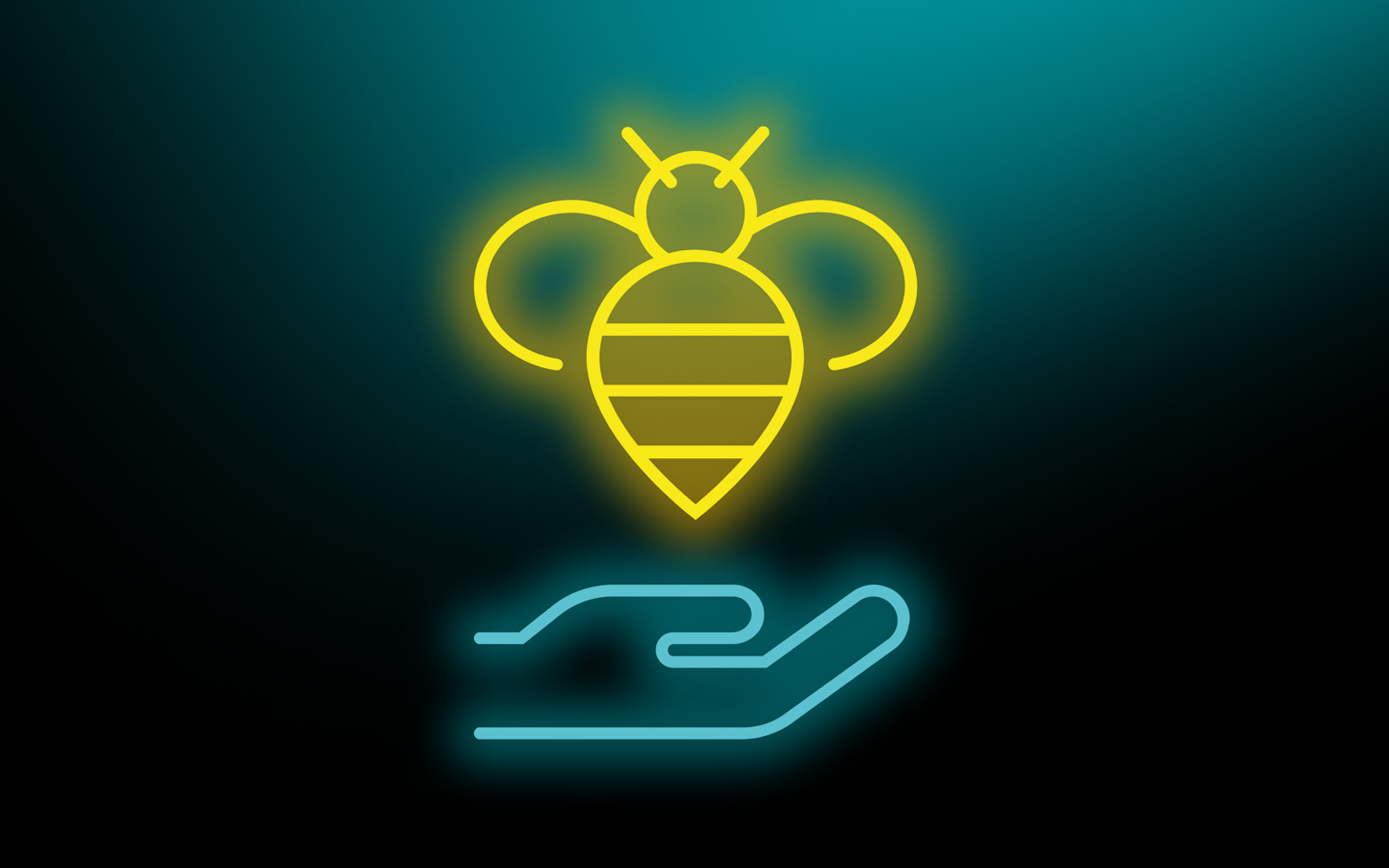
Taking care of Bee-sness
Bees are not only an integral part of our ecosystem and food supply, but also very intelligent and complex animals. There are numerous natural threats out there, that are endangering individual bees as well as entire bee colonies.
One of such predators is the varroa mite, a parasite that feeds of the body tissue of honeybees. They are currently considered the biggest pest to bee populations worldwide as they not only kill bees directly but also contaminate the hive with such diseases as the deformed wing virus.
Yet there are many other invaders, which try to enter the hive either to eat the honey or to eat the bees. For example: hornets, bugs, or even larger animals such as rodents or woodpeckers.
Apart from these predators, other serious threats to honeybees include dangerous diseases. One of them is called dysentery and it can destroy the bees’ digestive systems. Another devastating disease for bees is the American foulbrood, which sometimes causes entire hives having to be burnt to prevent the infection from spreading.
Beekeepers and scientists have developed several useful practices to protect bees and their hives from these natural threats. However, a lot more could be done. Perhaps the swarm intelligence of our Beehyve project can help come up with additional smart solutions for saving the bee populations from their natural predators and prevent diseases to extinct them.
Contribute your ideas by utilizing modern technology to protect the bees. Become part of something big. Join this fascinating and future-shaping global research community!
Please accept marketing-cookies to watch this video.




